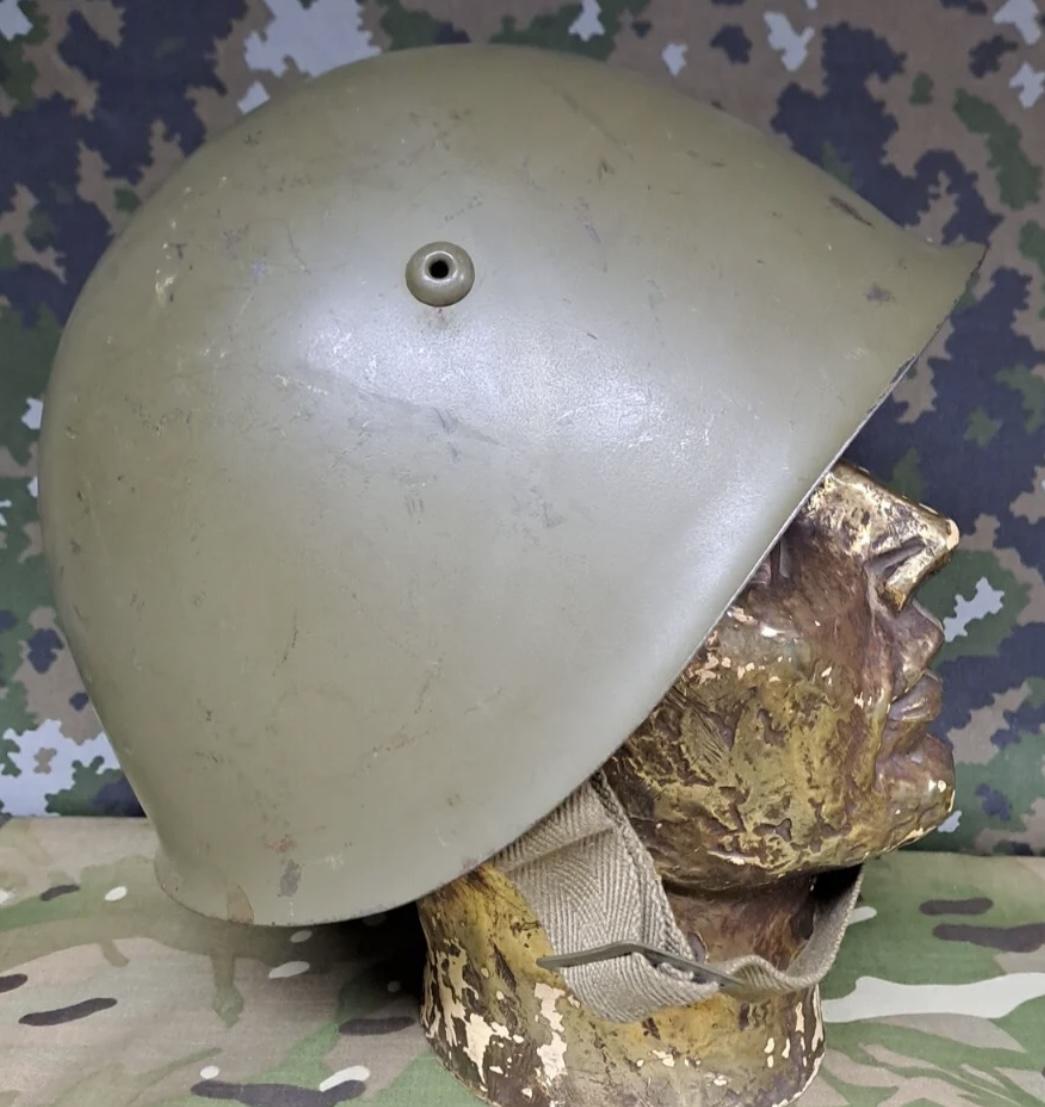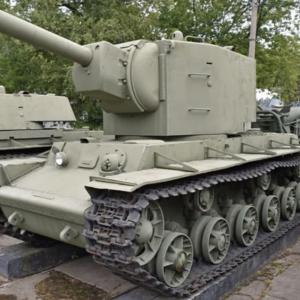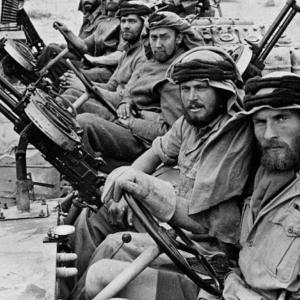
Italian Army M33 helmet
The Italian Modello 1933 helmet, introduced in the mid-1930s, marked a major shift in Italy's military equipment. Designed to replace the outdated French-inspired Adrian model used during World War I, it reflected a push for a modern, domestically produced combat helmet suited to new military needs. The final design was completed after several trials and is most often credited to engineer Nicola Leszl, with input from the Turin Arsenal. Production began shortly after its adoption, led by factories such as Smalteria e Metallurgia Veneta in Bassano del Grappa.
Made from a single piece of steel around 1.3 millimeters thick, the helmet featured a compact and functional design. Its rolled edge improved durability, and three small vents allowed airflow. Inside, the liner was crafted from padded leather sections, adjustable via a drawstring, and fixed to a metal band. Early chinstraps were leather, but later ones used canvas or webbing. The helmet was initially painted in a light grey-green, which darkened in later years.
First issued during the Second Italo-Ethiopian War in 1935, it saw further action in the Spanish Civil War and throughout World War II. Even after the 1943 armistice split Italy's military, both sides continued to use the model. Though Allied powers introduced alternatives like the British Brodie and U.S. M1, these never fully replaced the existing standard.
Post-war production resumed to equip the new Italian Republic’s forces. Over time, updates were made to materials and paint, but the core structure remained the same. It remained in use through the Cold War era, with some units using it into the 1990s and beyond in secondary roles.
Though precise numbers are unclear, millions were likely produced, given its decades of service and export to countries like Spain and Finland. Its practical, no-frills design and long service life have secured its place as a symbol of Italian military history and as one of the most successful combat helmets of its time.










